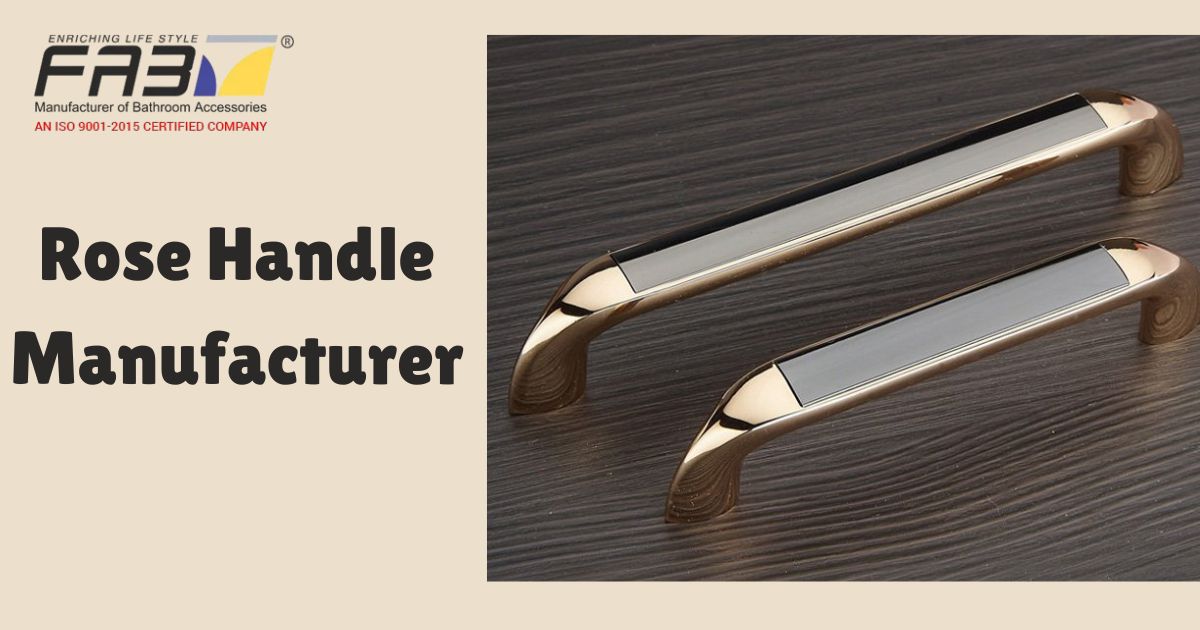 High-Converting Funnels – From Ad Click to Final Sale!
High-Converting Funnels – From Ad Click to Final Sale!
How to Install a Baby Latch Lock Step-by-Step
Written by Fab Bath Interiors » Updated on: June 17th, 2025

Installing a Baby latch lock is a crucial step for ensuring your home is safe for infants and toddlers. Whether you are baby-proofing your cabinets, drawers, or doors, a Baby latch lock provides an extra layer of protection that prevents children from accessing hazardous items. This guide will walk you through the detailed process of installing a Baby latch lock, ensuring both security and convenience.
Why You Need a Baby Latch Lock
Before diving into the installation process, it's important to understand why a Baby latch lock is essential in every home with young children. Babies and toddlers are naturally curious, and without proper precautions, they may access dangerous chemicals, knives, medicines, or sharp objects. A Baby latch lock is designed to secure doors, cabinets, and drawers, keeping harmful items out of their reach.
Tools and Materials You’ll Need for Installation
To install a Baby latch lock properly, you’ll need a few basic tools and materials. Make sure you have the following before starting:
Baby latch lock kit (comes with all necessary parts)
Screwdriver
Measuring tape
Pencil or marker
Drill (if required)
Screws (often included with the latch lock kit)
Step 1: Choose the Right Spot for Installation
The first step in installing your Baby latch lock is to identify the areas where you need to secure the cabinets, drawers, or doors. Look for spots that your baby or toddler can easily reach. Typically, Baby latch locks are used on:
Cabinets and drawers in the kitchen or bathroom
Closets with cleaning supplies or dangerous tools
Fridge and freezer doors
Trash bins and waste disposal units
When selecting the location, make sure it’s within your reach for adult use but out of your child’s reach. The best height is usually a few inches above where a toddler can access, typically around 40-45 inches from the floor.
Step 2: Prepare the Surface for the Latch Lock
Before attaching the Baby latch lock, ensure the surface of the door or cabinet is clean and dry. This will ensure the adhesive backing of certain Baby latch locks adheres properly if you’re using a model that requires no screws. Use a damp cloth to wipe the area and dry it thoroughly.
For models that require screws, make sure there is no obstruction where you need to place the latch and that the surface is sturdy enough to support the lock.
Step 3: Mark the Position for the Latch
Using a measuring tape and a pencil or marker, mark where you’ll be placing the latch and its corresponding catch plate. The markings should be done on both the door or drawer and the latch body. Typically, one part of the latch is installed on the stationary surface (like the cabinet frame), while the other part is placed on the moving door or drawer.
Make sure the latch aligns properly so that when the door or drawer closes, the lock will secure in place.
Step 4: Drill Holes (If Necessary)
If the Baby latch lock you’ve chosen requires screws, you’ll need to drill holes in the designated spots. Use a drill with an appropriately sized bit to create pilot holes where you’ve marked with the pencil. Be sure to drill slowly to avoid damaging the surface of your cabinet or drawer.
Take extra care when drilling through materials like wood or plastic to avoid cracking or splintering. If you're unsure of the material, test drill on a hidden section to confirm how it behaves.
Step 5: Install the Latch Mechanism
Once the holes are drilled (or if you are using an adhesive latch), it’s time to install the actual Baby latch lock. Place the latch body onto the marked location of the cabinet or door frame and align it with the catch plate. Use the screws provided in your Baby latch lock kit to secure the latch in place. Tighten the screws until they are firm but be careful not to overtighten, which may cause damage to the material.
For adhesive models, simply peel off the backing and press the latch firmly into place. Hold it for a few seconds to ensure it bonds effectively.
Step 6: Attach the Catch Plate
The next step is to install the catch plate on the door or drawer itself. Align the catch plate with the latch mechanism, ensuring it fits properly. When your child attempts to open the door or drawer, this catch plate will lock into place, preventing them from gaining access.
Use the same process as the latch installation: screw it in securely or press it into place if it’s an adhesive model.
Step 7: Test the Lock
Once everything is installed, it’s essential to test the Baby latch lock to make sure it functions correctly. Try opening and closing the door or drawer a few times. Ensure that the lock engages and disengages as needed without too much effort.
Also, test the latch with your child nearby to ensure it’s difficult for them to open. A good Baby latch lock should be difficult for a child to manipulate but still accessible to an adult. If you find that the latch is not secure enough or doesn’t align properly, adjust the positioning and try again.
Step 8: Ensure the Lock Is Baby-Safe
After installation, double-check all the latches and locks in your home to ensure they are properly secured. A Baby latch lock should not only keep children out of harmful areas but also prevent accidents. If you notice any malfunctioning or if the lock is too loose, it’s essential to fix it immediately. Regularly inspect the latches for wear and tear, especially if they are used frequently.
Conclusion: Ensuring Safety with Baby Latch Locks
A Baby latch lock is an easy yet highly effective way to protect your child from dangerous items in the home. Whether securing cabinets, drawers, or even the refrigerator, installing these locks can provide peace of mind while giving your little one the freedom to explore safely. By following this step-by-step guide, you can install a Baby latch lock securely and ensure it operates effectively.
Remember, childproofing your home is an ongoing process. Regularly check your locks to ensure they are in good condition and always be aware of new safety products that may offer improved security as your child grows.
Note: IndiBlogHub features both user-submitted and editorial content. We do not verify third-party contributions. Read our Disclaimer and Privacy Policyfor details.
Copyright © 2019-2025 IndiBlogHub.com. All rights reserved. Hosted on DigitalOcean for fast, reliable performance.

















